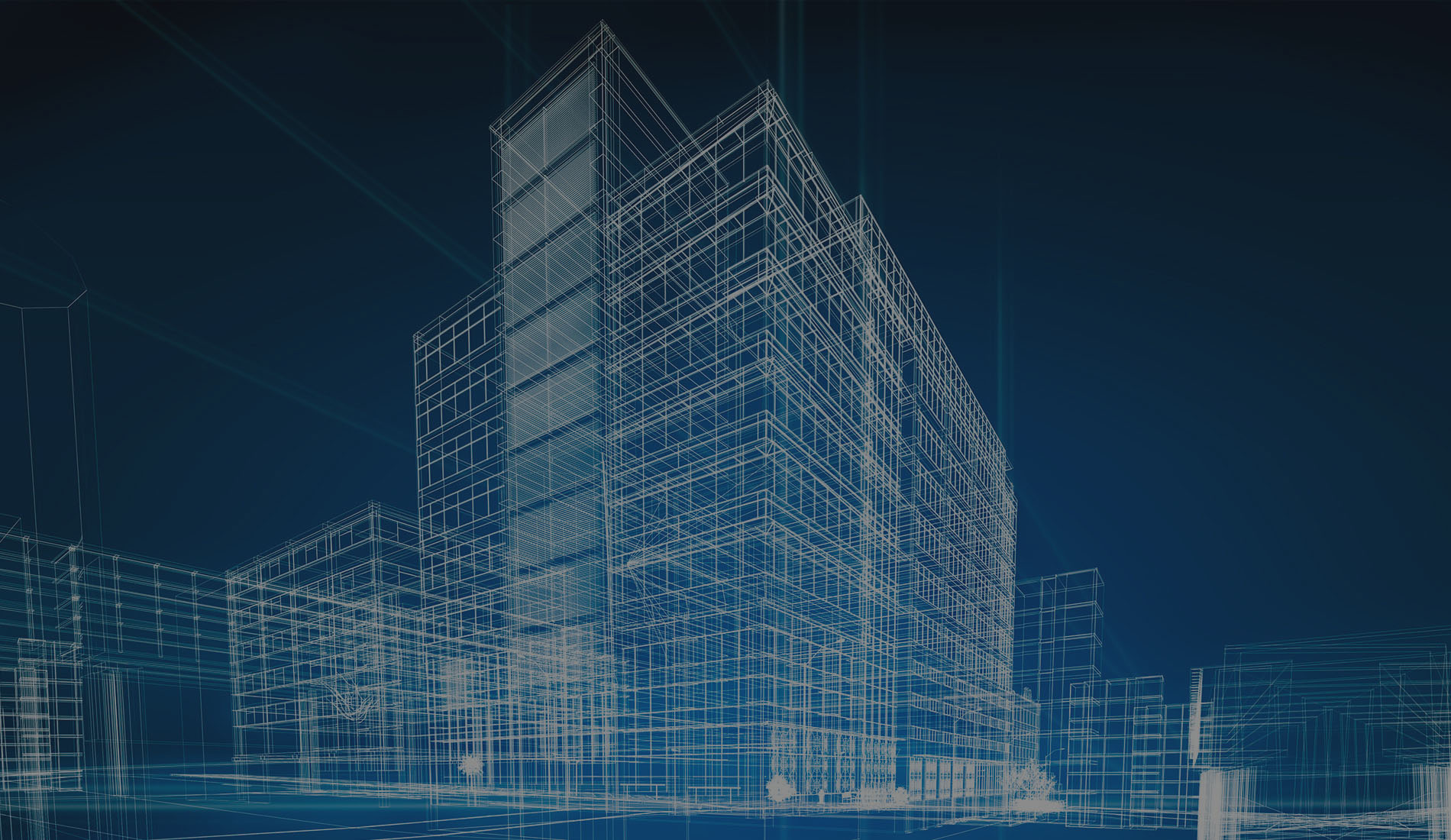
Level of Development (LOD): the differences between the regulations of various countries compared
Jenuary, 28, 2020
Argomento: BIM
(6 min read)
Building Information Modeling (acronym: BIM, in Italian: Construction Information Modeling) indicates a method for optimizing planning, construction and management of buildings with the help of a software, which allows you to collect, combine and digitally connect all the relevant data of a building.
More simply, BIM represents the digital representation of the physical and functional characteristics of a building object thanks to which it is possible to share a series of fundamental information for the management of the building during its numerous life stages so that it can be interrogated and updated by all subjects participating in the design.
In order to implement this in the simplest and most correct way, the Levels of Development have been defined, (from the English “Level of Development” or LOD), that is, the definition parameters that the BIM model must achieve according to the final needs identified by the client of the project.
However, due to the absence of international reference standards, each nation has developed its own regulations and definitions, which often reflect the design needs of the territories they belong to.
The following table relates the different definitions and types of LOD proposed by the three different regulations:
- LOD according to AIA G202-2013 (reference standards for the United States of America)
- LOD according to NBS 1192: 2007 and PAS 1192-2: 2007 (reference standards for Great Britain)
- LOD according to UNI 11337-4: 2017 (Italian reference standard)
| LOD according to AIA G202-2013 | LOD according to PAS 1192-2: 2013 | LOD according to UNI 11337-4: 2017 |
PRELIMINARY level / ECONOMIC FEASIBILITY | ||
LOD 100 – The elements of the model with this level of development can be generically represented by a symbol, not necessarily faithful in shape, extension or location. They are an approximate approximation, only graphical. | LOD 1 – Communicating information: requested performances, reference performances, contextual constraints.
| LOD A – Symbolic representation in 2D or even 3D if necessary. It does not express geometric constraints. The qualitative and quantitative characteristics are purely indicative. |
LOD 200 – The elements of the model with this level of development represent generic systems, approximating their shape, size and location, with the possibility of acting as links to documents attached to them. | LOD 2 – Model that responds to the initial needs and used to conduct a first project development and the first analyzes and cost estimates. | LOD B – General geometric representation or the encumbrance geometry. The qualitative and quantitative characteristics are approximate. |
DEFINITIVE level | ||
LOD 300 – The elements of the model with this level of development are defined by shape, quantity, size and position, maintaining the possibility of behaving as a link to documents attached to them. | LOD 3 – Dimensionally correct model that fully responds to the stylistic and technical requirements established previously and resulting from the first analyzes. The information contained can be used to carry out definitive analyzes. At this level it is possible to make the first estimates useful for defining a contract budget. | LOD C – Defined geometric representation. The qualitative and quantitative characteristics are defined in a general way. They are applicable to all similar entities. |
LOD 350 – The elements of the model with this level of development differ from the previous LOD 350 in that they can also integrate relationship parameters with other sets of elements present in the project; in this way, mutual distances, length of paths or components, constraints and respects can be quantified directly by the model, without referring to specific documents. | LOD 4 – Dimensionally correct model used for the first checks necessary to obtain the necessary permits. The information at this level allows the engagement of any external specialist technicians and allows companies to be able to offer an offer. | LOD D – Detailed geometric representation. The qualitative and quantitative characteristics are specific to a plurality of similar products. Information useful for assembly and maintenance is inserted. |
EXECUTIVE level | ||
LOD 400 – Model elements with this level of development include data on shape, quantity, size, position, assembly details, installation instructions and manufacturing characteristics | LOD 5 – Geometrically accurate model that includes sub-contracting contracts for companies and specialist technicians. The information also includes installation instructions for the various components. | LOD E – Specific geometric representation. The qualitative and quantitative characteristics are specific to a single system. There is information relating to manufacture, assembly and installation (as well as useful for maintenance). |
“AS BUILT ” | ||
LOD 500 – The elements of the model with this level of development have been verified on site, confirming the data on shape, quantity, size and position. | LOD 6 – In this phase, information is collected regarding the state of affairs of the constructed work and the information necessary for its maintenance. | LOD F – Geometric representation specific to what has been done (verified on site). The qualitative and quantitative characteristics are those specific to the laid product. There is information relating to manufacture, assembly and installation (as well as useful for maintenance) valid for the entire life cycle of the work. |
FACT / HISTORICAL STATE | ||
LOD 7 – Additional registrations that incorporate any changes made starting from changes of ownership to ending with data relating to performance, conditions and anything else recorded during maintenance. Full definition in PAS 1192-3. | LOD G – Specific historicized representation of the specific object (verified on site). The qualitative and quantitative characteristics are those specific to the product laid and updated with respect to a previous state of affairs. There is information relating to management, maintenance and / or repair / replacement valid for the entire life cycle of the work. The degradation level of the object is also recorded. | |
LOD F and LOD G
One of the innovations introduced by Italian legislation, UNI 11337, concerns the inclusion of two new categories for defining the Development Level: LOD F and G.
- The LOD F expresses the “as-built” detected with all the characteristics present in reality (it is essentially the result of what is defined at the level of LOD E). In the information part, particular importance is given to any forms of deterioration present, to the presence of any test certificates as well as the temporal programming of the planned interventions (maintenance plan).
- The LOD G expresses the updated virtualization of the element and keeps track of the history of the interventions performed on the building: maintenance / replacement date, the “Maintenance subject” and the type of intervention carried out.
Following the large presence and request of maintenance and restoration activities, it was decided to insert a new classification that aims precisely to define the principles and standards of the level of detail.
The importance of these LODs has also been recognized at a European level at the regulatory table of the European Committee for Standardization (CEN) which is evaluating their recognition and introduction at European level.
